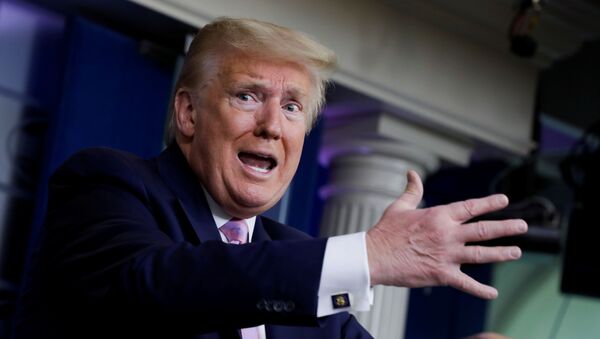Despite US President Donald Trump’s claims that the COVID-19 crisis in the US could not have been foreseen in the early stages of its spread, a report by The New York Times has revealed that the Trump administration received and ignored warnings against a potential outbreak of the virus in the country, one week after the first infection was detected.
Carter Mecher, a senior medical adviser at the Department of Veterans Affairs, was reportedly the first to issue warnings to a group of top health officials at the administration via email, one week after the first case was registered.
The expert called on officials to prepare for a potential crisis and take “drastic actions”. He cautioned them “the projected size of the outbreak already seems hard to believe”.
“Any way you cut it, this is going to be bad,” wrote Mecher in an email dated 28 January. “You guys made fun of me screaming to close the schools. Now I'm screaming, close the colleges and universities”.
Although some top officials, including White House advisers and experts in the cabinet departments and intelligence agencies started sounding alarms about the potential threat to the nation, Trump continued to downplay the seriousness of the virus.
Only on 31 January did the administration restrict entry into the US from China, where the coronavirus first appeared in December 2019 in the province of Wuhan, one day following a declaration by the World Health Organization (WHO) of the novel virus as a 'pandemic', a global health emergency.
On 26 January, the US registered the first case of local transmission of COVID-19 in California, and three days later the first death was reported in the state of Washington.
The situation worsened at the beginning of March, prompting the president to declare a national emergency in the US.
By 17 March, coronavirus infections had been registered in all the 50 states. Days later, New York City was declared the epicenter of the US outbreak after infection cases in the city topped 15,000.
As of Saturday, the total number of COVID-19 patients in the US has come close to 530,000, with over 20,604 fatalities and 32,001 recoveries.




